Way back long ago, when the rocks were soft and the notion of a “collectible card game” actually meant that the game was played with real cards that were actually collectible, there was a man called Mike Flores. While I’m sure that there’s still several men called Mike Flores today, the one that we’re interested in decided to make a post to his favorite strategy website at the time, called The Dojo. This was a place like Reddit is today, where many gathered and shared their knowledge and expertise with the world. In posting to the Dojo, our dear Michael would inadvertently change the course of Magic history as we know it. The following is a Pioneer-flavored retelling of the most influential piece of Magic literature of all time, updated with cards and ideas that the youth of today can better understand and relate to. While the original post is lost to time, the best reprinting of the article that we have available can be found at starcitygames.com. All quotes will be coming directly from here. Anyway, without further ado, let’s figure out…
Who’s the Beatdown.
One of the biggest mistakes that Magic players make today is the misassignment of roles within a matchup. The player who misassigns themself first and follows that misassignment for too long is inevitably the loser of that game. Frequently roles in a matchup will be decided by the macroarchetypes of each deck in that matchup. Obviously, in the matchup of Control v Aggro, the Control deck is going to slot into the controlling role (Playing more reactive, answering threats, and looking to turn a corner in order to seize command of the game and never lose control of it past that point), and the Aggro deck is going to slot into the beatdown role (Playing more proactively, trying to establish threats on the board at such a pace that the controlling role can’t keep up and quickly becomes overwhelmed). But what happens when the role assignments aren’t so obvious? In the case of a similar deck matchup, say for example a Mono Red deck is paired against Humans. Typically throughout a tournament, the Mono Red player would easily settle into the aggressive role. However, the Humans matchup offers very little interaction from their side, so the Red deck will need to observe how the first few turns play out in order to decide on whether or not they make the pivot and slot into the controlling role. The Humans deck relies on on-board synergy to get ahead of the game, and with the Red deck’s ability to disrupt that board presence with the likes of burn spells, the Red deck is capable of slotting into either role depending on how things start to shake out.
The Pivot
What does this pivot look like though? For the Red deck, that’s typically as simple as changing the direction of burn spells from face to creatures, or the attack direction of creatures from player to planeswalker. It’s not only a matter of observing the board state and responding to that that the controlling role needs to be worried about, but also the plays available to the player in the beatdown role. If the red deck for example sees the classic 4 mana left open from the humans player and no attack made that turn, it’s extremely likely that there’s a Collected Company in the near future, so attacking into what could be a relatively open board state with everything may be the wrong move.
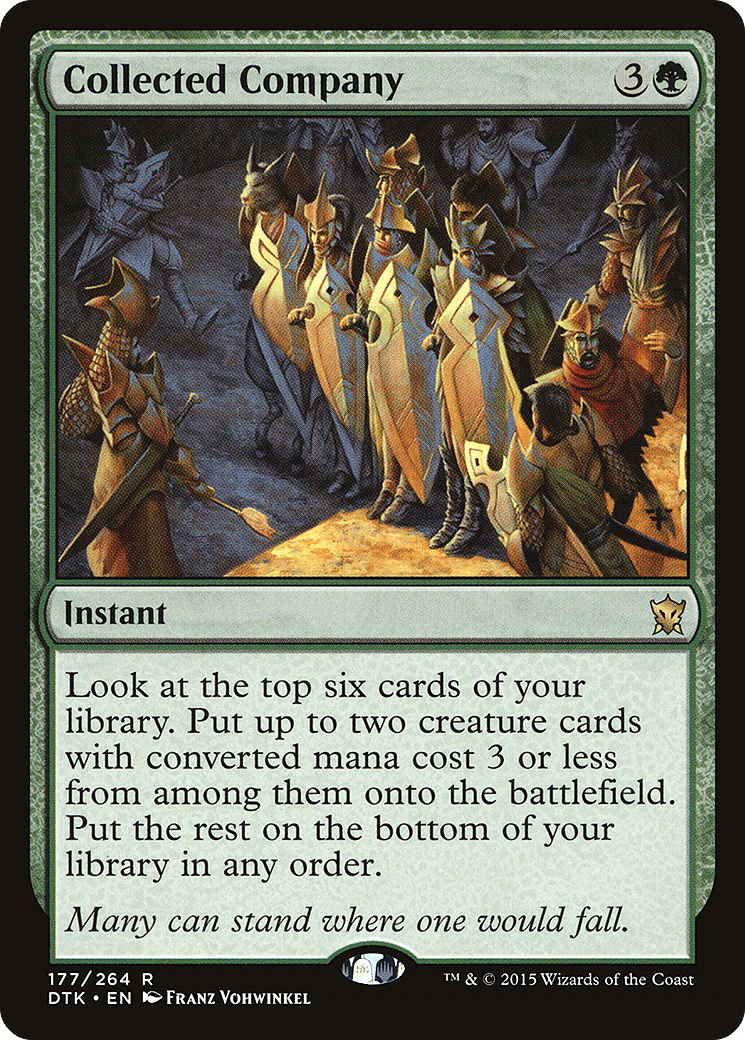
Creating situations for an opponent to misevaluate their role are often just as important as following through on slotting into your own role in the matchup. In this matchup, the Red player can set up a situation such as this by flooding the board with as many creatures as possible, baiting the Humans player into leaving back blockers instead of progressing their game plan and attacking. This is typically easier for decks with cards that offer multiple options, as taking an unconventional option can send an easily misinterpreted signal to the opponent.
Misevaluation of Roles
So what does it look like when a player misevaluates their role in the matchup? Sticking with the Red v Humans matchup, let’s look at some key turns where the red player assumes their role incorrectly.
It is turn 4, Red is on the play. Humans is currently at 9 after a flurry of early damage from 1 mana creatures and a burn spell. They also have a 2/2 Thalia’s Lieutenant, a Werewolf Pack Leader, and a 3/3 Experiment One in play. The Red player has their Etchings of Kumano, Monastery Swiftspear, and Soul-Scar mage from the previous turns in play, with 2 Lightning Strikes and a Light up the Stage in hand. The red player is looking at the board and notes that attacking is basically off the table because of the sheer girth of creatures on the other side. They decide that they want to continue on as the beatdown, and cast a lightning strike targeting the opponent, followed by a Light up the Stage that finds a mountain and another creature which are both played. The humans player then casts a Thalia, Guardian of Thraben on their turn, pumping up the Lieutenant so the opponent’s board currently has three 3/3s and a 2/1 first strike in play. The humans player attacks with one 3/3, which goes unblocked. The Red players turn, they draw an Eidolon of the Great Revel. They cast the Lightning strike targeting the opponent and follow it up with the eidolon and no attacks. The humans player takes their turn, rips a Collected Company off the top, casts it, finds a Reflector Mage and Adeline, and uses that tempo swing to take over the game, winning via attacks on the following turn while sitting at 3 life.
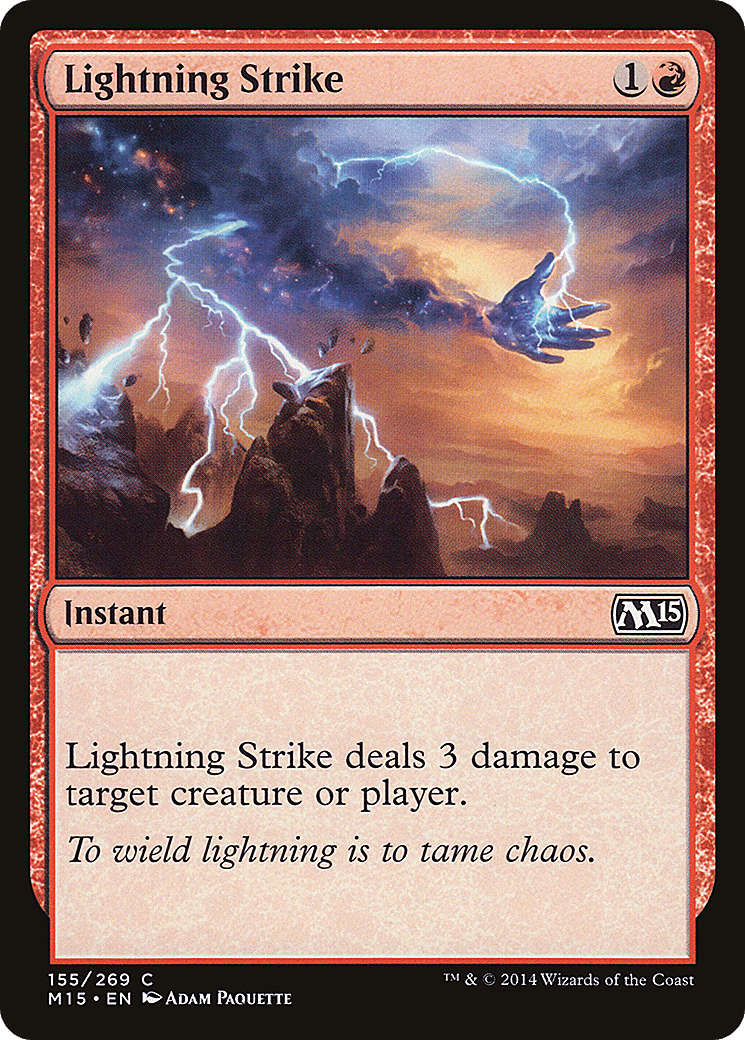
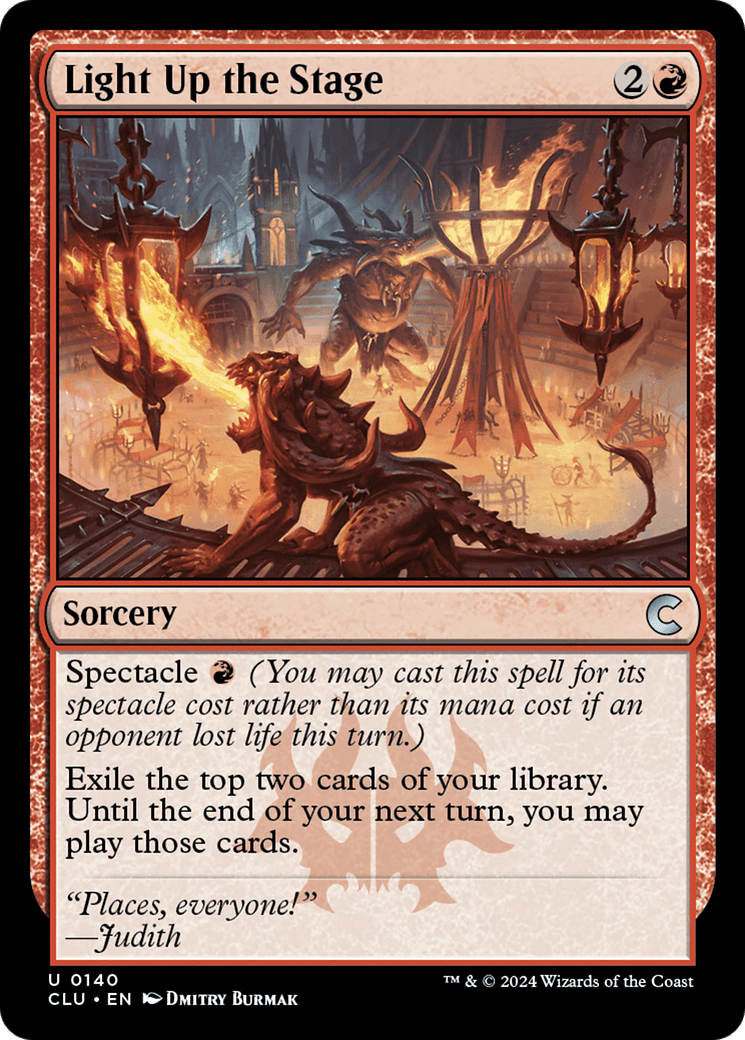
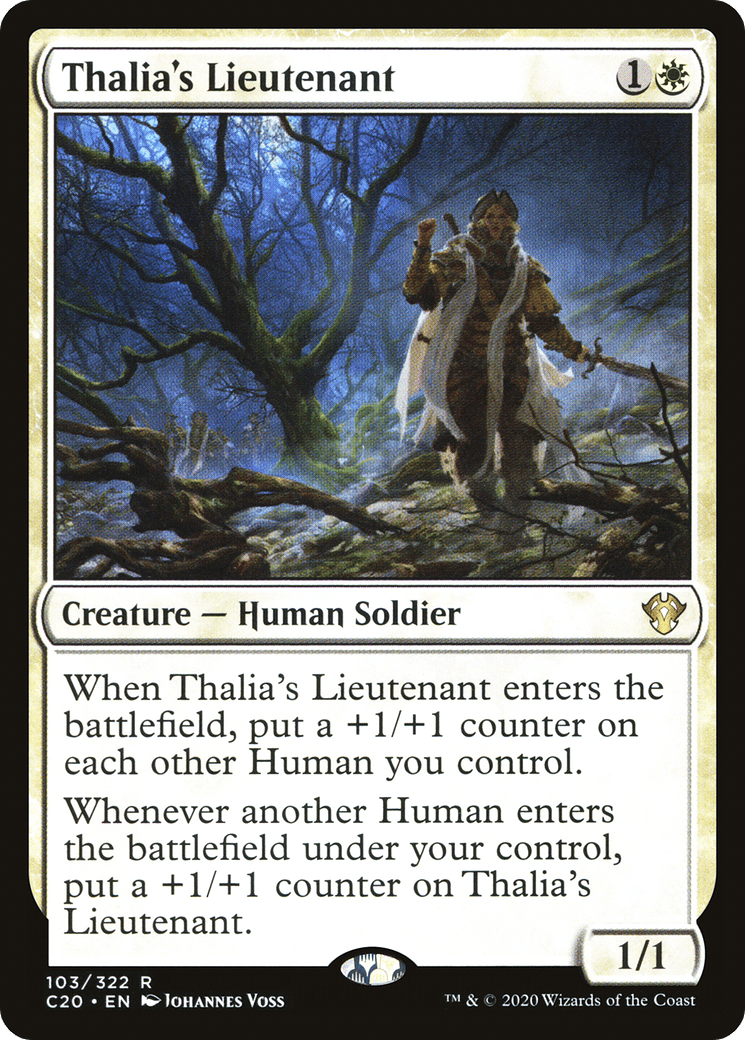
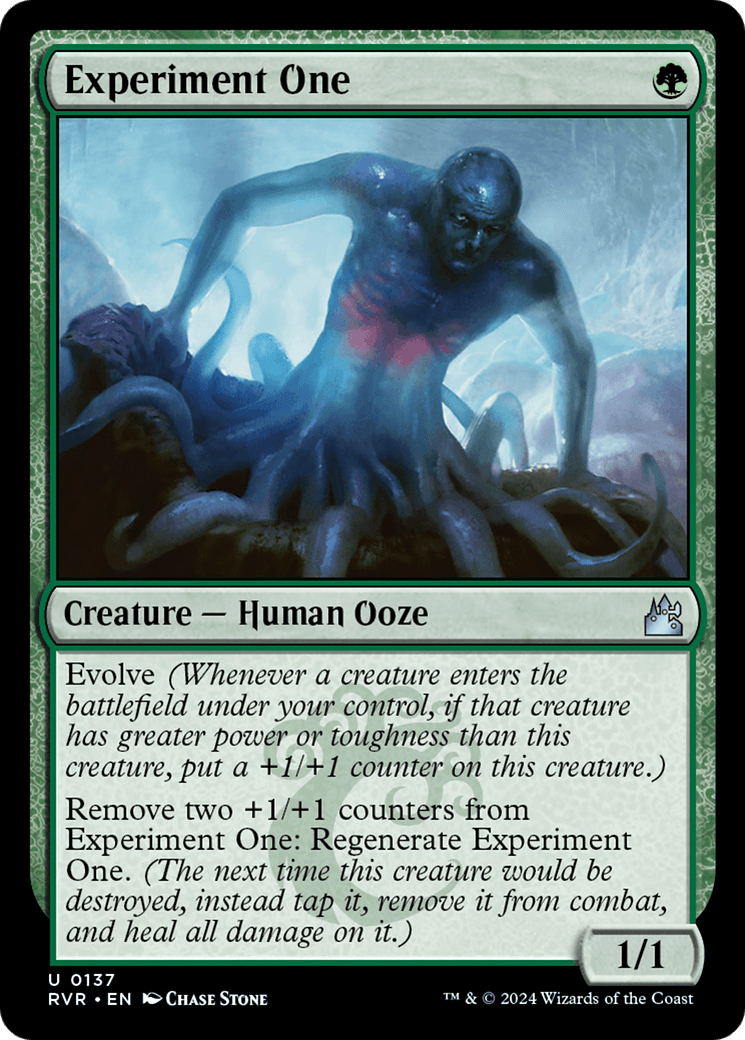
What went wrong here? The easy answer is that the Red player misevaluated their role in the matchup and got too aggressive. The Humans deck is capable of growing its ground forces and gets majorly paid off when there are multiple creatures that can sit out on the board for multiple turns in a row. The Red player needed to recognize their opportunity to disrupt the opponent’s plans by pointing their burn spells at creatures. Should they have done so, it’s entirely likely that the Humans player would need to spend too much time recovering from the blow to their boardstate to catch back up, given their relatively few ways of interacting with the Red player’s creatures. The Red player missed their opportunity to snowball their opponent, and instead became the snowballee. Similarly, the Humans player recognized the correct moment to shift roles in the matchup, stealing the beatdown from their opponent when they blundered and using that to cascade into a win. The Red player would have had significantly higher odds to win the game had they considered how their deck were capable of disrupting the plan of their opponent’s deck, observing the state of the board, and capitalizing on an unintuitive play that would set off their march to victory. For the price of 3 damage now, they missed out on about 7 damage the following turn.
The same comparison can be made for the Control Role. Take for example the Azorius Spirits matchup against Izzet Indomitable Creativity deck. Spirits would normally be a relatively dangerous matchup for Creativity, with their unique mix of aggression and permission. Should both players accept their roles as they should, and not accounting for variance, Spirits should have little issue dispatching the Creativity deck. In this particular matchup, the Creativity deck uses its counter magic and removal spells to stymie the beatdown deck’s clock while it sets up its combo finish, hopeful that the meager amount of removal its packing is enough to stall the handful of turns that it needs to get the ball rolling. Spirits’ main focus is to present an early threat and protect it, generally with creature abilities such as Rattlechains that serve double duty to bolster that early clock. It too is packing minimal disruption, though just enough to break through a weak core of defenses.
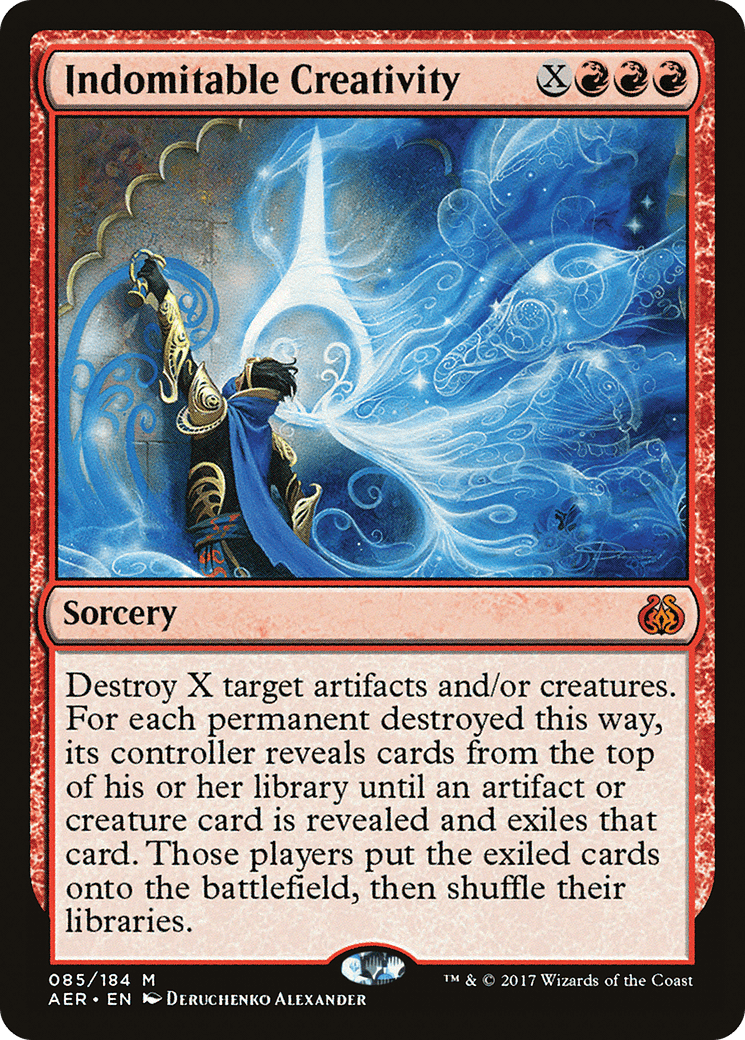
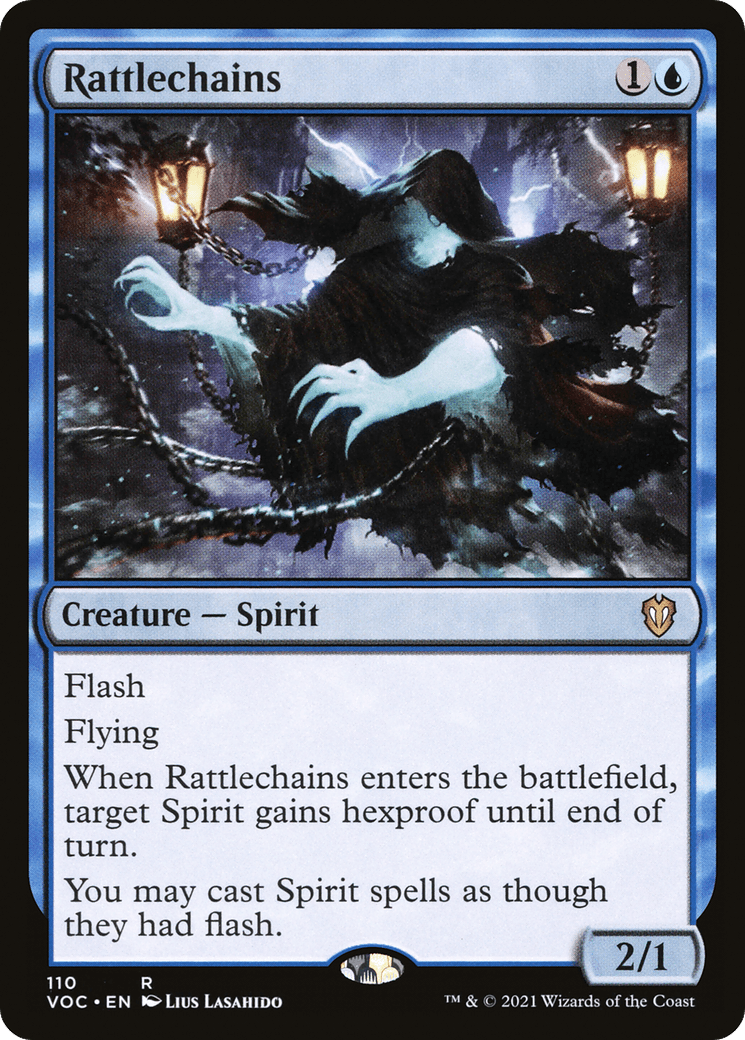
To see how this matchup can go wrong, the Spirits player will generally misvaluate and assume the control role as they feel like stopping the combo is the line that’s going to win them the game. This could lead to situations where they don’t present enough early pressure, and succumb to the combo because the Creativity deck’s resources weren’t spent disrupting the Spirits player’s plan. Generally when one deck is capable of winning in the longer game a higher percentage of the time, it’s more correct to end those games as early as possible. While that may seem intuitive on paper, it’s harder to determine those situations while you’re in them without the benefit of hindsight.
When assessing your role to play in one of these matchups where the macroarchetypes are so similar, there are a few key points to look at. To quote Flores:
1. Who has more damage? Usually, he has to be the beatdown deck.
2. Who has more removal? Usually, he has to be the control deck.
3. Who has more permission and card drawing? Almost always he has to be the control deck.
“If you are the beatdown deck, you have to kill your opponent faster than he can kill you. If you are the control deck, you have to weather the early beatdown and get into a position where you can gain card advantage.”
This will ultimately come down to deck construction. Even in the context of a mirror match, minor details such as an additional copy of Chandra, Torch of Defiance or opting to not play Go Blank can answer the question of Who’s the Beatdown before the game even begins. The player that’s more set up for the long game will always want to be prepared to adopt the control role, and be ready to pivot should the need arise. Knowing and understanding your decks role within the metagame at large, as well as the impact of your individual card choices and how they influence these closer matchups, will put you miles ahead of the unprepared opponent. From there, it becomes a matter of accepting your role as the game and board state demands and slotting yourself into it. True experts are also capable of pivoting on a dime when they recognize the time to do so, and all of that knowledge comes from experience. Mismanagement of a role, however, will typically lead to a game loss. Spend the time to identify your plays throughout a game, win or lose, and see if any signpost situations popped up that may direct you toward one role or the other. Doing so will train you to recognize those situations in the future, and you will automatically adapt to the game state at hand according to your position in the matchup.
Are you the beatdown?
Who’s the Beatdown is an incredibly influential piece of Magic literature that has influenced players for over 20 years. It was one of the first matchup analysis pieces that got players thinking on that next level, instead of just blindly responding to a particular game state with the first play they saw. Pros across generations have called back to it, and I believe that the message is one of the first that a player should dive into when they’re looking to advance their game play. Special thanks to Mike Flores and the boys at The Dojo for writing and hosting the original version, and to StarCityGames for keeping its record alive and accessible for future generations. I encourage everyone to read the original version as well, as some of those interactions that Flores mentions are truly a product of their time and can’t be recreated with our current card pool. If you want more articles like this, there is an entire library’s worth of ancient Magic knowledge available out there from some people truly ahead of their time that’s absolutely worth looking into.
